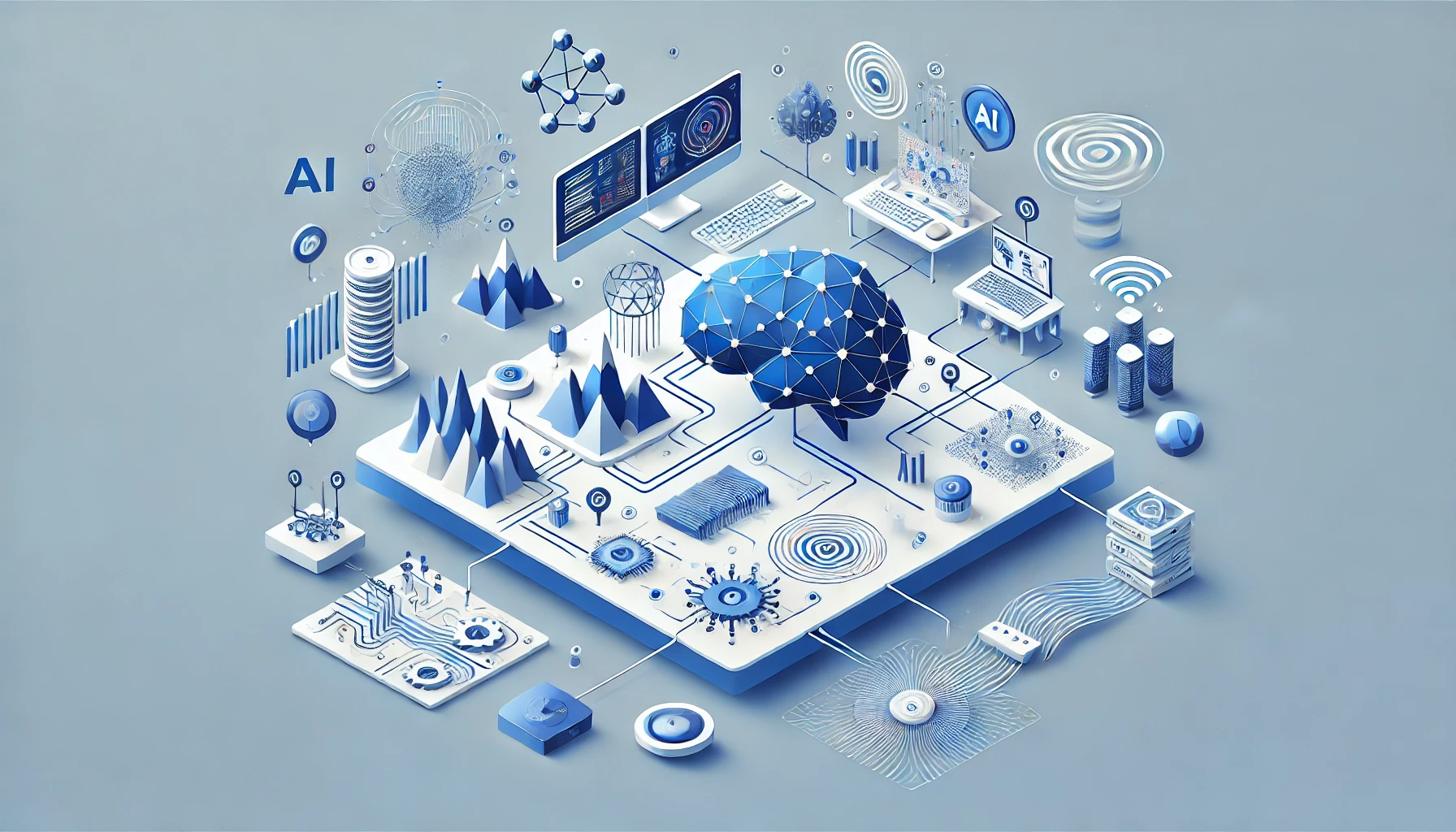
The Role of AI in Proactive Cyber Threat Hunting
Executive Summary
As cyber threats become more sophisticated, traditional defenses are no longer enough. This blog explores how AI-powered threat hunting shifts cybersecurity from a reactive to a proactive approach. AI enables real-time analysis of network behavior, predicts potential threats based on historical patterns, and reduces false positives, allowing security teams to focus on genuine risks. Real-world examples from industries like finance and healthcare demonstrate AI’s impact in preventing attacks before they occur. The blog highlights AI’s essential role in modern cybersecurity, emphasizing the need for proactive defense strategies.
In the ever-evolving world of cybersecurity, simply reacting to attacks after they happen is no longer enough. The frequency and sophistication of cyber threats demand a proactive approach, where identifying vulnerabilities and potential attack vectors before they are exploited is essential. Enter AI-powered threat hunting—a game-changing shift from traditional defense methods to a more proactive, predictive security posture.
Traditional Defenses Aren’t Enough Anymore
For years, cybersecurity has relied on signature-based tools and human intervention to detect and mitigate threats. Firewalls, antivirus software, and intrusion detection systems have been effective at identifying known attack patterns and blocking them. But with cybercriminals constantly evolving their tactics, these traditional methods are falling behind. Attackers now use zero-day vulnerabilities, sophisticated phishing schemes, and AI-driven malware that can bypass conventional defenses.
This is where AI steps in, offering a new way forward.
How AI-Powered Threat Hunting Works
AI-based threat hunting takes cybersecurity beyond reactive measures by continuously analyzing large amounts of data, identifying suspicious activity, and detecting potential threats before they materialize. Here’s how it works:
- Analyzing Behavioral Patterns: AI can track and analyze user behaviors, network traffic, and system activities over time. By understanding what “normal” looks like, it can quickly identify deviations, which might indicate a cyber threat. For example, if an employee’s credentials are used to log in from two different geographic locations within minutes, AI would flag this as suspicious.
- Predicting Threats: Unlike traditional defenses that wait for an attack to happen, AI-powered systems use machine learning models to predict potential attack vectors. By analyzing historical data and identifying patterns in previous attacks, AI can foresee how and where future threats might arise.
- Reducing False Positives: One of the biggest challenges in cybersecurity is dealing with false positives, where benign activity is mistakenly flagged as malicious. AI helps reduce this problem by refining its models through continuous learning, improving its accuracy in threat detection over time.
Key Benefits of AI in Threat Hunting
AI-driven threat hunting offers several advantages over traditional methods:
- Faster Detection: AI can process vast amounts of data at lightning speed, meaning threats can be detected and neutralized faster than with manual threat hunting alone.
- Scalability: As organizations grow, their networks become more complex, making manual monitoring increasingly difficult. AI can scale effortlessly to handle growing data volumes.
- 24/7 Monitoring: Cyberattacks can happen at any time. AI-powered threat hunting tools work around the clock, ensuring no threat goes unnoticed.
- Automated Responses: Some AI systems can be programmed to respond automatically to certain types of threats, saving valuable time in mitigating attacks.
Real-World Success Stories of AI-Powered Threat Hunting
In the past year, several organizations have embraced AI-driven threat hunting with impressive results:
- Financial Sector: A major global bank used AI to identify abnormal access patterns in their internal systems, detecting an insider threat that could have led to significant financial losses. AI flagged the unusual activity early, allowing the security team to intervene before any damage was done.
- Healthcare Industry: A healthcare provider was able to spot ransomware in its early stages, thanks to AI systems that detected unusual file encryption activity across its network. By responding quickly, they avoided a large-scale attack that could have compromised patient data.
These examples highlight the power of AI in spotting threats that would have gone unnoticed by traditional defenses.
Moving Toward Proactive Security
The proactive nature of AI-powered threat hunting represents the future of cybersecurity. Instead of waiting for an attack to hit, companies can take the offensive by identifying and neutralizing threats before they cause harm.
If you’re looking to stay ahead of cybercriminals, integrating AI into your threat-hunting strategy is no longer a luxury—it’s a necessity. With its ability to learn, adapt, and predict, AI is the key to building a more secure, resilient defense system in today’s digital world.
By moving beyond reactive approaches and embracing AI-driven security, organizations can proactively defend themselves against ever-evolving cyber threats, positioning themselves to outpace attackers in the ongoing cybersecurity arms race. By safeguarding APIs and securing data exchanges end-to-end, Codesealer enables businesses to stay ahead of evolving cyber threats, providing a robust defense against breaches and unauthorized access.
